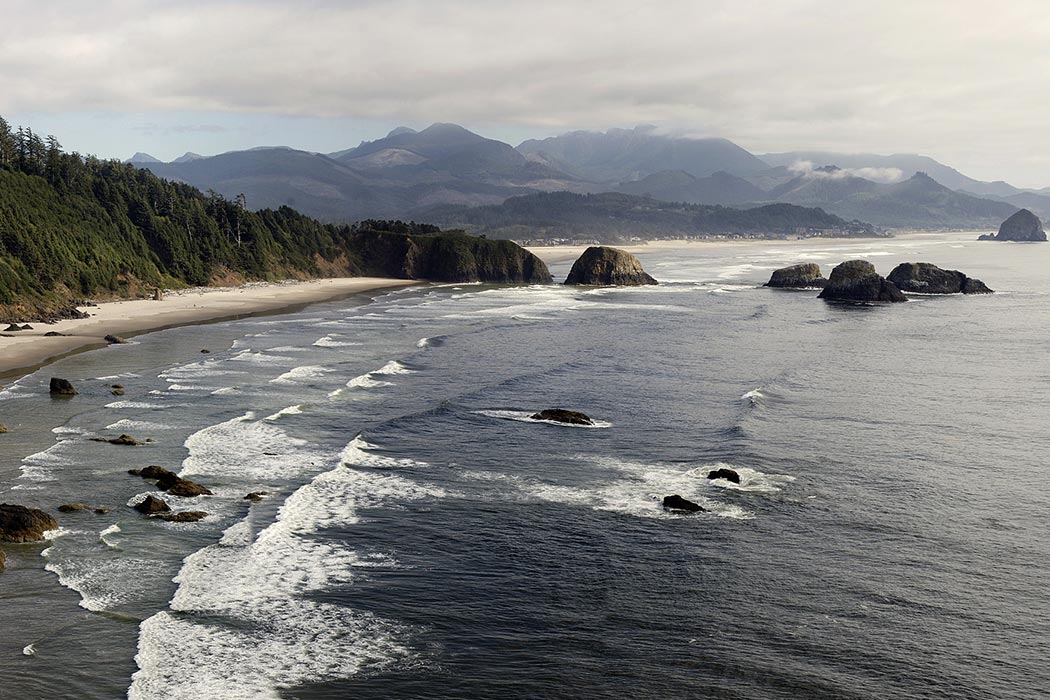A provocative recent New Yorker article discussed the possibility that the Pacific Northwest is overdue for a huge earthquake. The author predicts that if such a quake occurs, much of the land west of Interstate 5, a major regional corridor, will subside precipitously, unleashing not only a massive earthquake but catastrophic floods. The region lies by the Cascadia Subduction Zone, where the Juan de Fuca plate is slowly sliding beneath the North American plate. The plates are stuck, and it’s unknown when or how they will become unstuck. If the worst-case scenario occurs, the loss of life and damage will be calamitous. So what is the evidence for this?
One of the most terrifying signs is that something similar has happened before. The oral histories of native peoples in the area go back hundreds of years, and many legends refer to the danger of unexpected “great tides.” In one version, from Southern Oregon, young people are exhorted to “weave long ropes because you never know when a big tide is coming and you won’t have much time. If you don’t have long ropes when the waters rise you’ll be swept away…only those who had listened to their elders were prepared.” It might be a not-so-subtle admonition to listen to your elders, but the stories are frequent, and there is supporting archaeological evidence. There is little doubt that the Northwest coast has been exposed to numerous tsunamis.
Meanwhile, 300 years ago in Japan, one night was particularly memorable. The water was reported to have come in 7 times, up to the trees. Edo Japan was no stranger to tsunamis, but this one stood out. The water came without warning, there was no earthquake preceding the wave. The “orphan tsunami” of 1700, as it is known, had to been set off by a large quake far away.
Back in Washington, geologists have discovered cedar stands killed suddenly by immersion in salt water. When it comes to dating evidence, trees have one great advantage — rings. Red cedars can be ancient, and the rings of the drowned trees were compared to those of living cedars that started growing around the same time as the drowned ones. The analysis revealed that the trees drowned around 300 years ago, within the margin of error for 1700. The “orphan tsunami” was probably born in the Northwest.
There is other evidence of past quakes and massive subsidence, with many JSTOR papers referencing massive Holocene events in the region. Is the Pacific Northwest prepared? Not really. For a strong but not region-shattering event, Seattle, a veteran of past quakes, has a stronger building code and is marginally better off than other regional cities, but no code can handle the worst-case flood. Given the size of the region, true preparation might not even be possible. Let’s hope the plates unstick gently.







